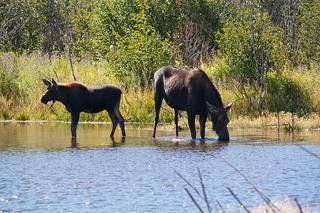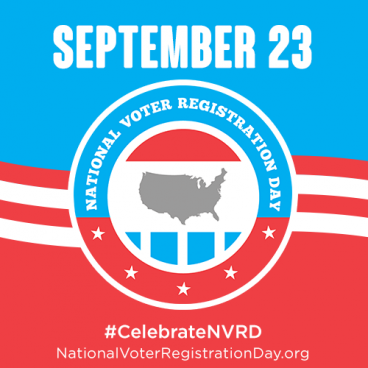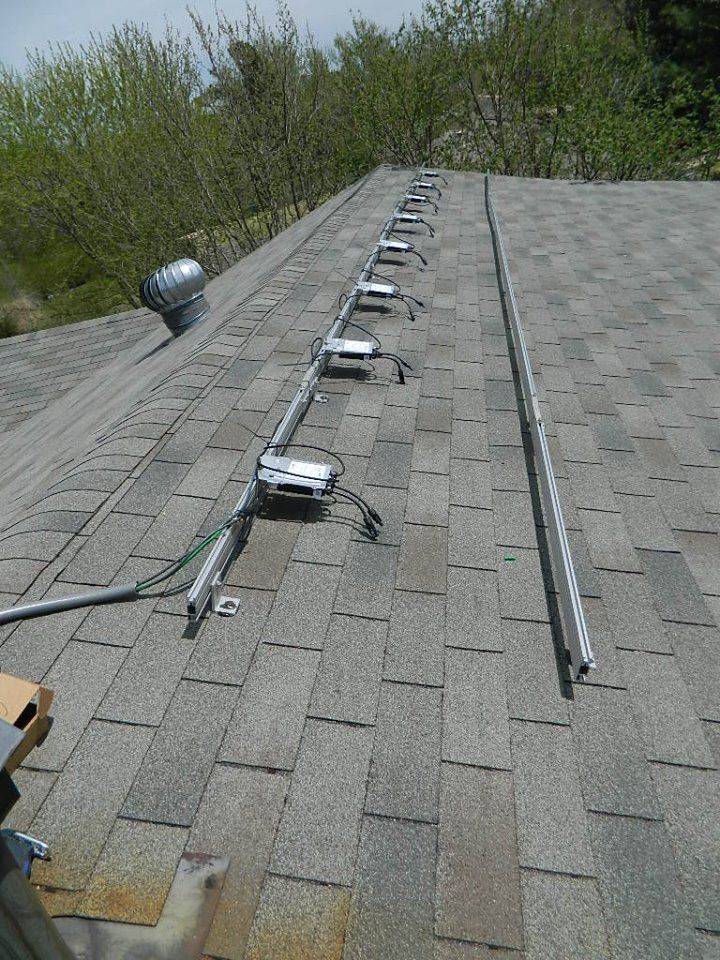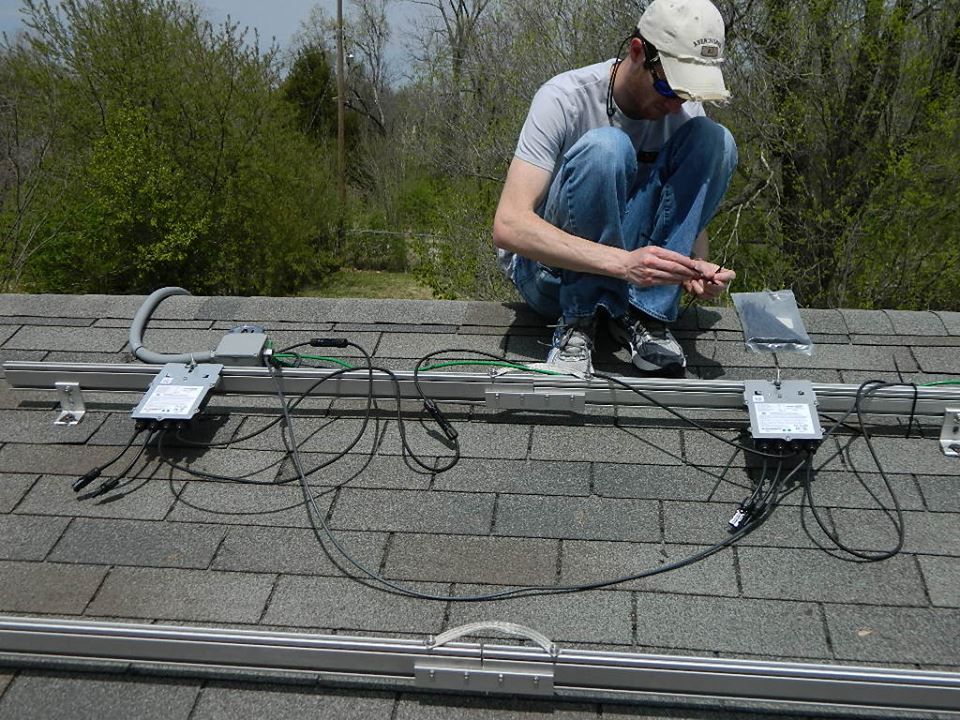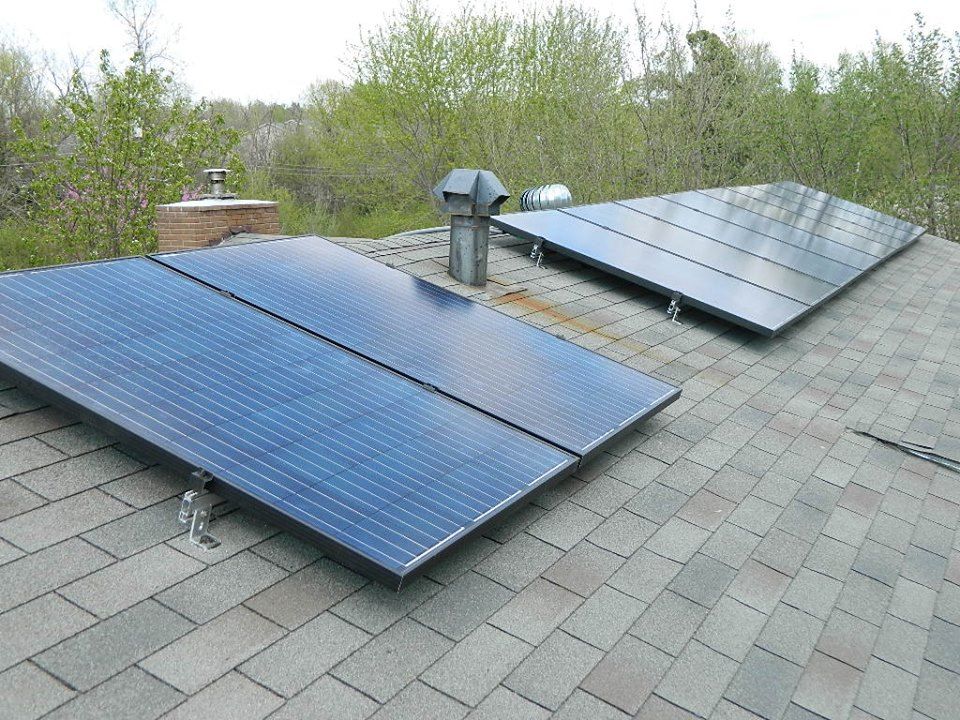On Wednesday, President Obama addressed the United Nations General Assembly … spoke to the people of the world.
“We choose hope over fear. We see the future not as something out of our control, but as something we can shape for the better through concerted and collective effort. We reject fatalism or cynicism when it comes to human affairs; we choose to work for the world as it should be, as our children deserve it to be.”
— President Obama to the United Nations General Assembly, September 24, 2014
President Obama:
We come together at a crossroads between war and peace; between disorder and integration; between fear and hope.
Around the globe, there are signposts of progress. The shadow of World War that existed at the founding of this institution has been lifted, and the prospect of war between major powers reduced. The ranks of member states has more than tripled, and more people live under governments they elected. Hundreds of millions of human beings have been freed from the prison of poverty, with the proportion of those living in extreme poverty cut in half. And the world economy continues to strengthen after the worst financial crisis of our lives.
Today, whether you live in downtown Manhattan or in my grandmother’s village more than 200 miles from Nairobi, you can hold in your hand more information than the world’s greatest libraries. Together, we’ve learned how to cure disease and harness the power of the wind and the sun. The very existence of this institution is a unique achievement — the people of the world committing to resolve their differences peacefully, and to solve their problems together. I often tell young people in the United States that despite the headlines, this is the best time in human history to be born, for you are more likely than ever before to be literate, to be healthy, to be free to pursue your dreams.[…]
Fellow delegates, we come together as united nations with a choice to make. We can renew the international system that has enabled so much progress, or we can allow ourselves to be pulled back by an undertow of instability. We can reaffirm our collective responsibility to confront global problems, or be swamped by more and more outbreaks of instability. And for America, the choice is clear: We choose hope over fear. We see the future not as something out of our control, but as something we can shape for the better through concerted and collective effort. We reject fatalism or cynicism when it comes to human affairs. We choose to work for the world as it should be, as our children deserve it to be.
His conclusion:
The people of the world now look to us, here, to be as decent, and as dignified, and as courageous as they are trying to be in their daily lives. And at this crossroads, I can promise you that the United States of America will not be distracted or deterred from what must be done. We are heirs to a proud legacy of freedom, and we’re prepared to do what is necessary to secure that legacy for generations to come. I ask that you join us in this common mission, for today’s children and tomorrow’s.
More below …
Transcript: Remarks by President Obama in Address to the United Nations General Assembly
Selected quotes from President Obama’s speech:
… there is a pervasive unease in our world — a sense that the very forces that have brought us together have created new dangers and made it difficult for any single nation to insulate itself from global forces. As we gather here, an outbreak of Ebola overwhelms public health systems in West Africa and threatens to move rapidly across borders. Russian aggression in Europe recalls the days when large nations trampled small ones in pursuit of territorial ambition. The brutality of terrorists in Syria and Iraq forces us to look into the heart of darkness.
Each of these problems demands urgent attention. But they are also symptoms of a broader problem — the failure of our international system to keep pace with an interconnected world. We, collectively, have not invested adequately in the public health capacity of developing countries. Too often, we have failed to enforce international norms when it’s inconvenient to do so. And we have not confronted forcefully enough the intolerance, sectarianism, and hopelessness that feeds violent extremism in too many parts of the globe.
First, all of us — big nations and small — must meet our responsibility to observe and enforce international norms. We are here because others realized that we gain more from cooperation than conquest. One hundred years ago, a World War claimed the lives of many millions, proving that with the terrible power of modern weaponry, the cause of empire ultimately leads to the graveyard. It would take another World War to roll back the forces of fascism, the notions of racial supremacy, and form this United Nations to ensure that no nation can subjugate its neighbors and claim their territory.
On Russia:
… we call upon others to join us on the right side of history — for while small gains can be won at the barrel of a gun, they will ultimately be turned back if enough voices support the freedom of nations and peoples to make their own decisions.
On the Ebola epidemic:
As we speak, America is deploying our doctors and scientists — supported by our military — to help contain the outbreak of Ebola and pursue new treatments. But we need a broader effort to stop a disease that could kill hundreds of thousands, inflict horrific suffering, destabilize economies, and move rapidly across borders. It’s easy to see this as a distant problem — until it is not.
On other issues facing the global community:
America is pursuing a diplomatic resolution to the Iranian nuclear issue, as part of our commitment to stop the spread of nuclear weapons and pursue the peace and security of a world without them. …
America is and will continue to be a Pacific power, promoting peace, stability, and the free flow of commerce among nations. …
America is committed to a development agenda that eradicates extreme poverty by 2030. …
America is pursuing ambitious reductions in our carbon emissions, and we’ve increased our investments in clean energy. …
On violent extremism:
… on issue after issue, we cannot rely on a rule book written for a different century. If we lift our eyes beyond our borders — if we think globally and if we act cooperatively — we can shape the course of this century, as our predecessors shaped the post-World War II age. But as we look to the future, one issue risks a cycle of conflict that could derail so much progress, and that is the cancer of violent extremism that has ravaged so many parts of the Muslim world.Of course, terrorism is not new. Speaking before this Assembly, President Kennedy put it well: “Terror is not a new weapon,” he said. “Throughout history it has been used by those who could not prevail, either by persuasion or example.” In the 20th century, terror was used by all manner of groups who failed to come to power through public support. But in this century, we have faced a more lethal and ideological brand of terrorists who have perverted one of the world’s great religions. With access to technology that allows small groups to do great harm, they have embraced a nightmarish vision that would divide the world into adherents and infidels — killing as many innocent civilians as possible, employing the most brutal methods to intimidate people within their communities.
I have made it clear that America will not base our entire foreign policy on reacting to terrorism.
… So we reject any suggestion of a clash of civilizations. Belief in permanent religious war is the misguided refuge of extremists who cannot build or create anything, and therefore peddle only fanaticism and hate. And it is no exaggeration to say that humanity’s future depends on us uniting against those who would divide us along the fault lines of tribe or sect, race or religion.
He outlines four areas to focus on:
As an international community, we must meet this challenge with a focus on four areas. First, the terrorist group known as ISIL must be degraded and ultimately destroyed.
This group has terrorized all who they come across in Iraq and Syria. Mothers, sisters, daughters have been subjected to rape as a weapon of war. Innocent children have been gunned down. Bodies have been dumped in mass graves. Religious minorities have been starved to death. In the most horrific crimes imaginable, innocent human beings have been beheaded, with videos of the atrocity distributed to shock the conscience of the world.
No God condones this terror. No grievance justifies these actions. There can be no reasoning — no negotiation — with this brand of evil. The only language understood by killers like this is the language of force. So the United States of America will work with a broad coalition to dismantle this network of death.
The second: It is time for the world — especially Muslim communities — to explicitly, forcefully, and consistently reject the ideology of organizations like al Qaeda and ISIL. …
Third, we must address the cycle of conflict — especially sectarian conflict — that creates the conditions that terrorists prey upon. …
My fourth and final point is a simple one: The countries of the Arab and Muslim world must focus on the extraordinary potential of their people — especially the youth.
A direct call to the young people:
And here I’d like to speak directly to young people across the Muslim world. You come from a great tradition that stands for education, not ignorance; innovation, not destruction; the dignity of life, not murder. Those who call you away from this path are betraying this tradition, not defending it.
You have demonstrated that when young people have the tools to succeed — good schools, education in math and science, an economy that nurtures creativity and entrepreneurship — then societies will flourish. So America will partner with those that promote that vision.
Where women are full participants in a country’s politics or economy, societies are more likely to succeed. And that’s why we support the participation of women in parliaments and peace processes, schools and the economy.
If young people live in places where the only option is between the dictates of a state, or the lure of an extremist underground, then no counterterrorism strategy can succeed. But where a genuine civil society is allowed to flourish — where people can express their views, and organize peacefully for a better life — then you dramatically expand the alternatives to terror.
On America’s own failures:
I realize that America’s critics will be quick to point out that at times we too have failed to live up to our ideals; that America has plenty of problems within its own borders. This is true. In a summer marked by instability in the Middle East and Eastern Europe, I know the world also took notice of the small American city of Ferguson, Missouri — where a young man was killed, and a community was divided. So, yes, we have our own racial and ethnic tensions. And like every country, we continually wrestle with how to reconcile the vast changes wrought by globalization and greater diversity with the traditions that we hold dear.
But we welcome the scrutiny of the world — because what you see in America is a country that has steadily worked to address our problems, to make our union more perfect, to bridge the divides that existed at the founding of this nation. America is not the same as it was 100 years ago, or 50 years ago, or even a decade ago. Because we fight for our ideals, and we are willing to criticize ourselves when we fall short. Because we hold our leaders accountable, and insist on a free press and independent judiciary. Because we address our differences in the open space of democracy — with respect for the rule of law; with a place for people of every race and every religion; and with an unyielding belief in the ability of individual men and women to change their communities and their circumstances and their countries for the better.
On the hope:
I have seen a longing for positive change — for peace and for freedom and for opportunity and for the end to bigotry — in the eyes of young people who I’ve met around the globe.
They remind me that no matter who you are, or where you come from, or what you look like, or what God you pray to, or who you love, there is something fundamental that we all share. Eleanor Roosevelt, a champion of the UN and America’s role in it, once asked, “Where, after all, do universal human rights begin? In small places,” she said, “close to home — so close and so small that they cannot be seen on any maps of the world. Yet they are the world of the individual person; the neighborhood he lives in; the school or college he attends; the factory, farm or office where he works.”
Around the world, young people are moving forward hungry for a better world. Around the world, in small places, they’re overcoming hatred and bigotry and sectarianism. And they’re learning to respect each other, despite differences.
(All bolding and quote selection is mine)
